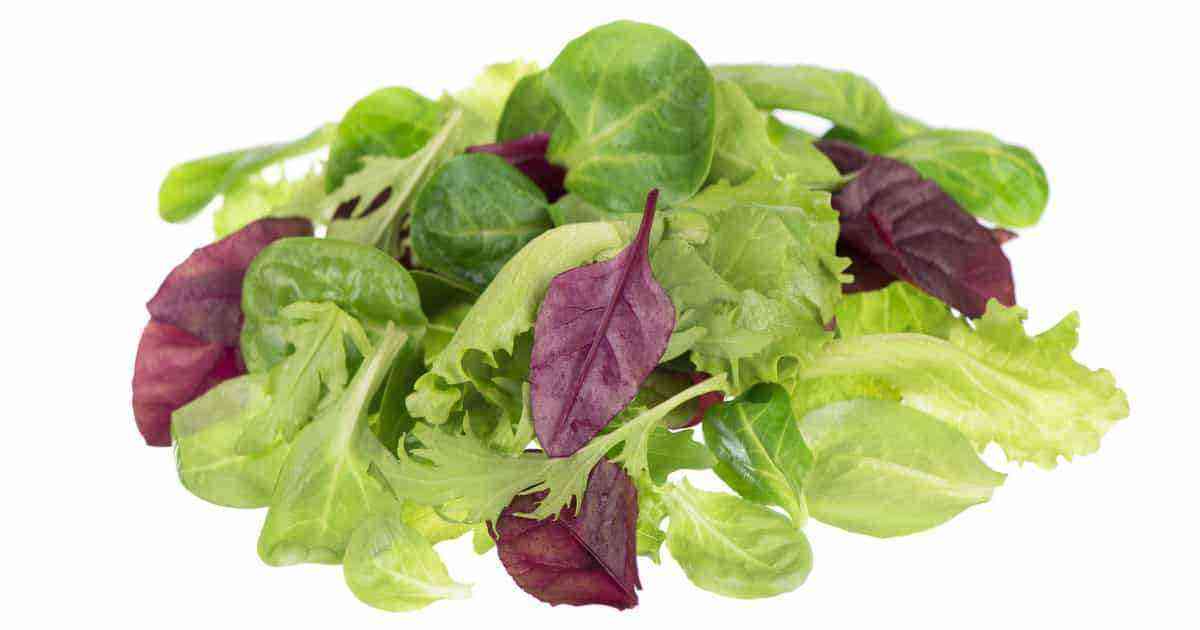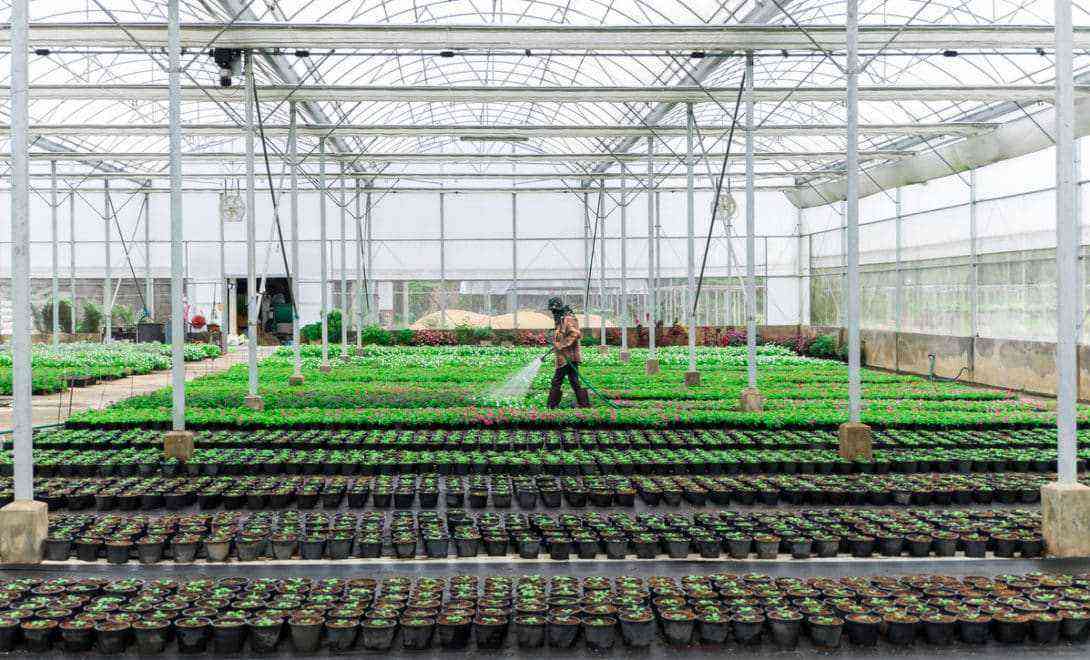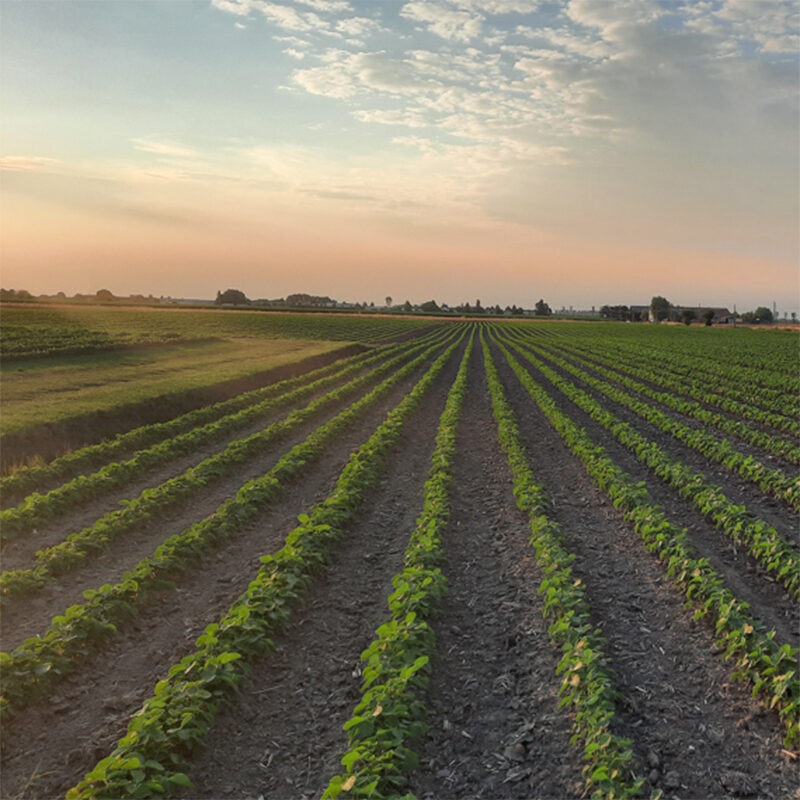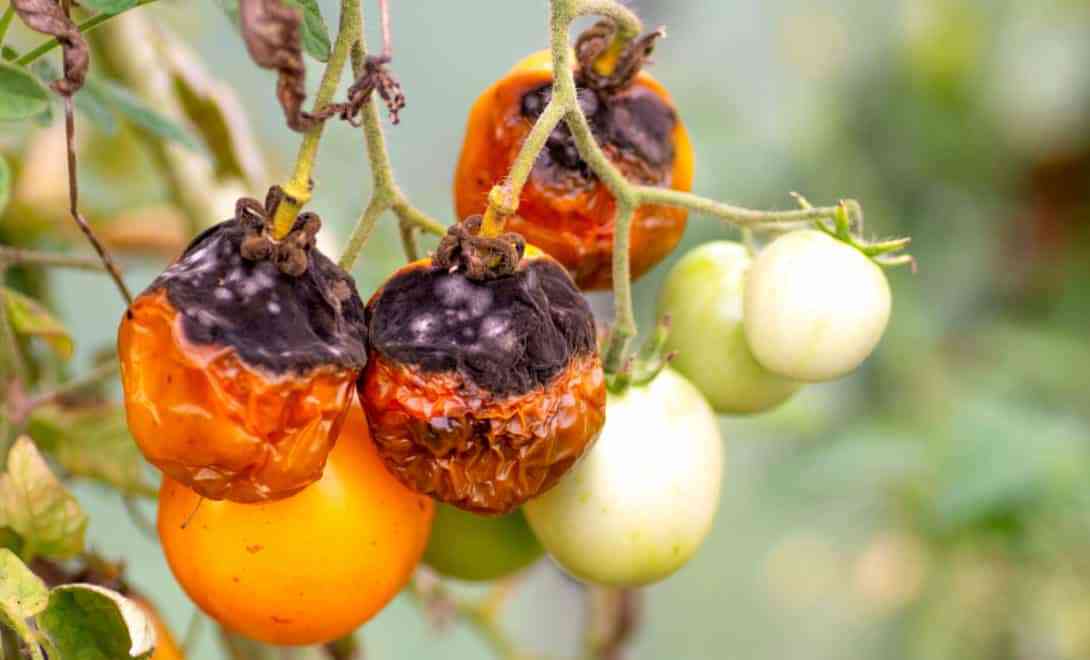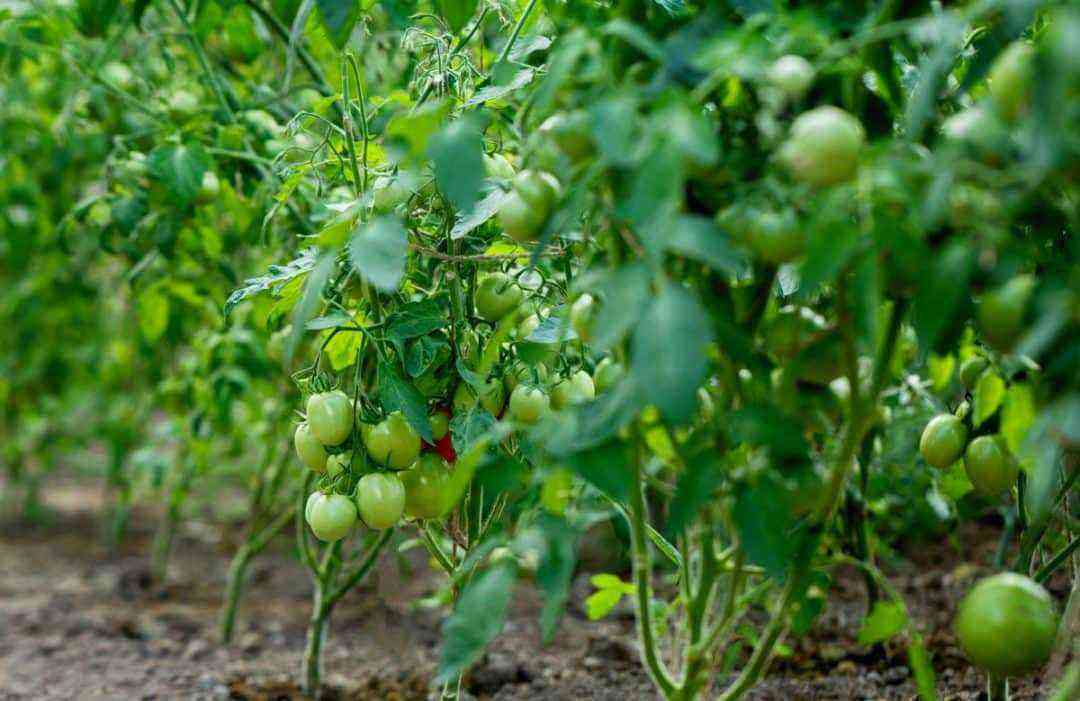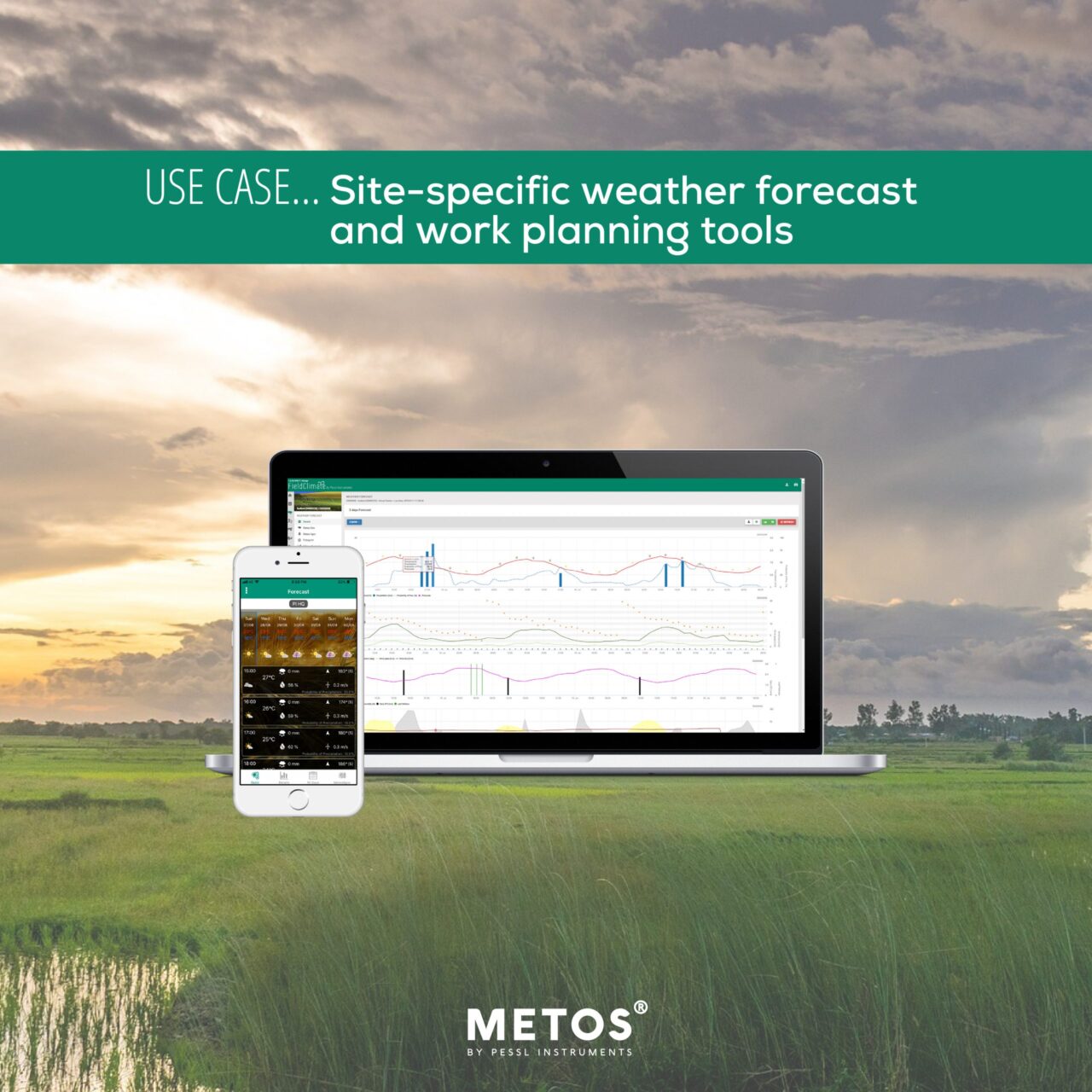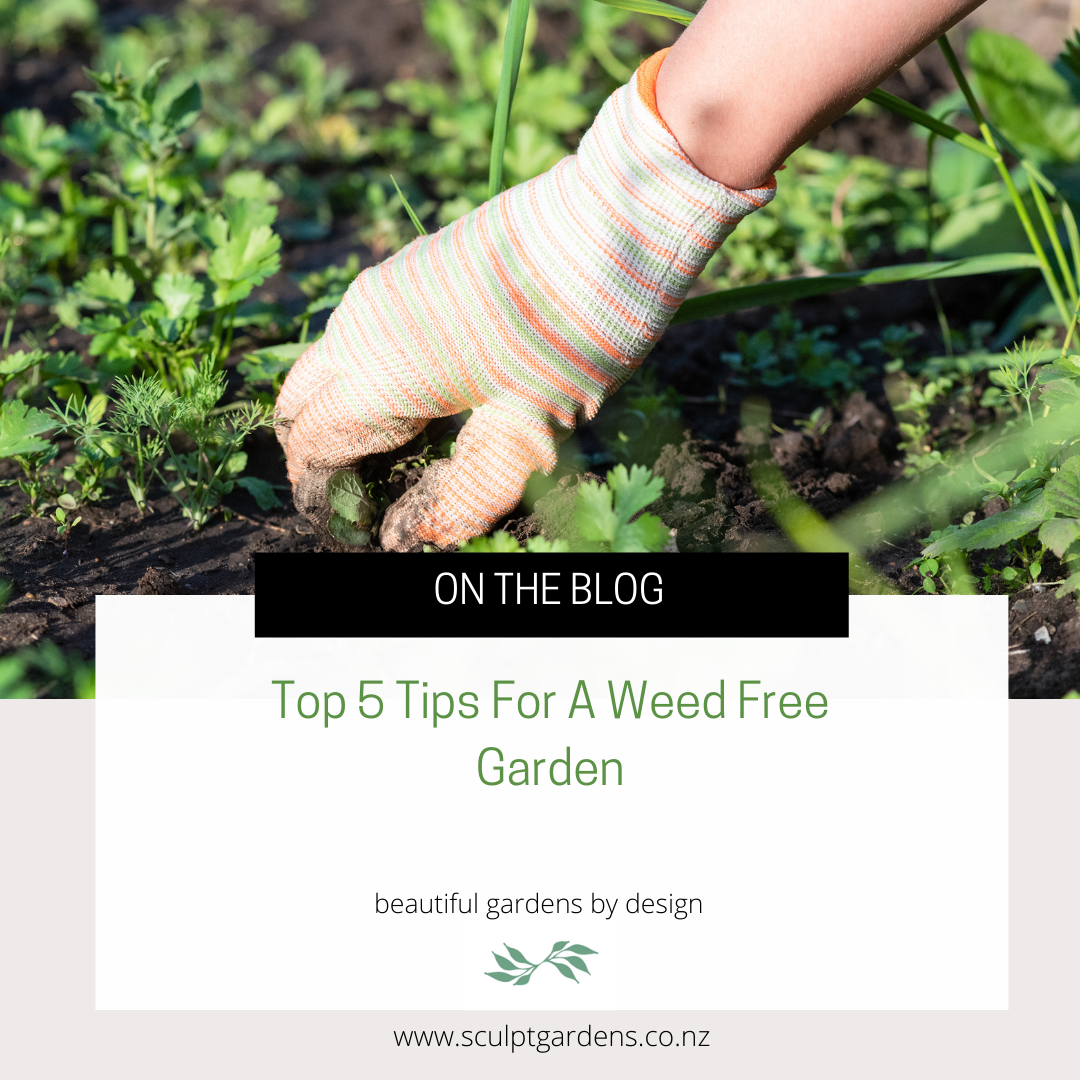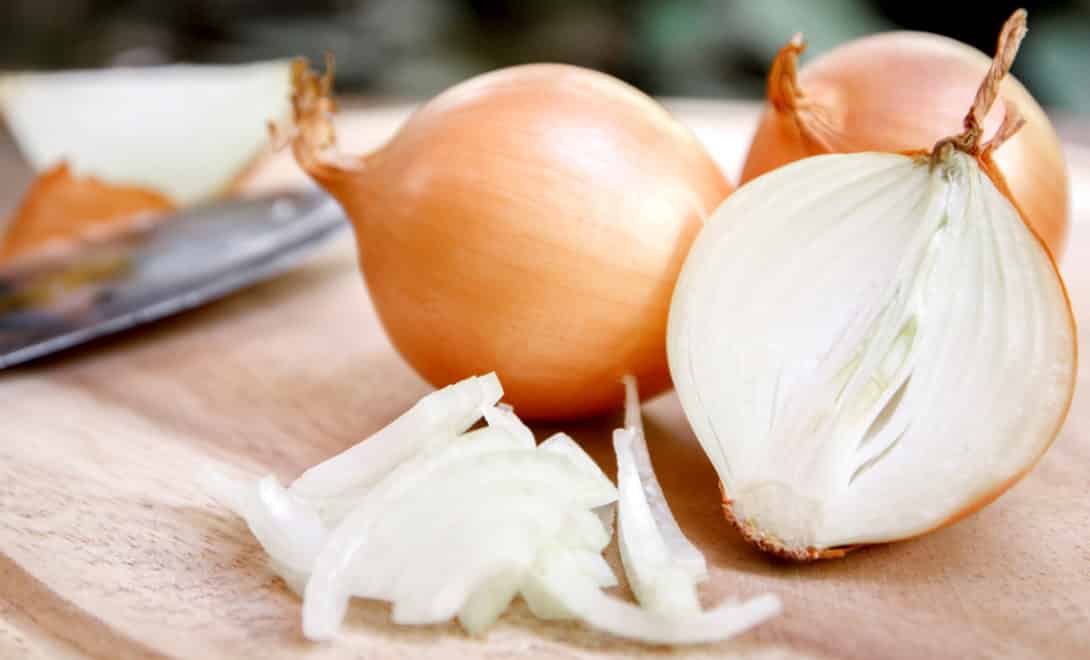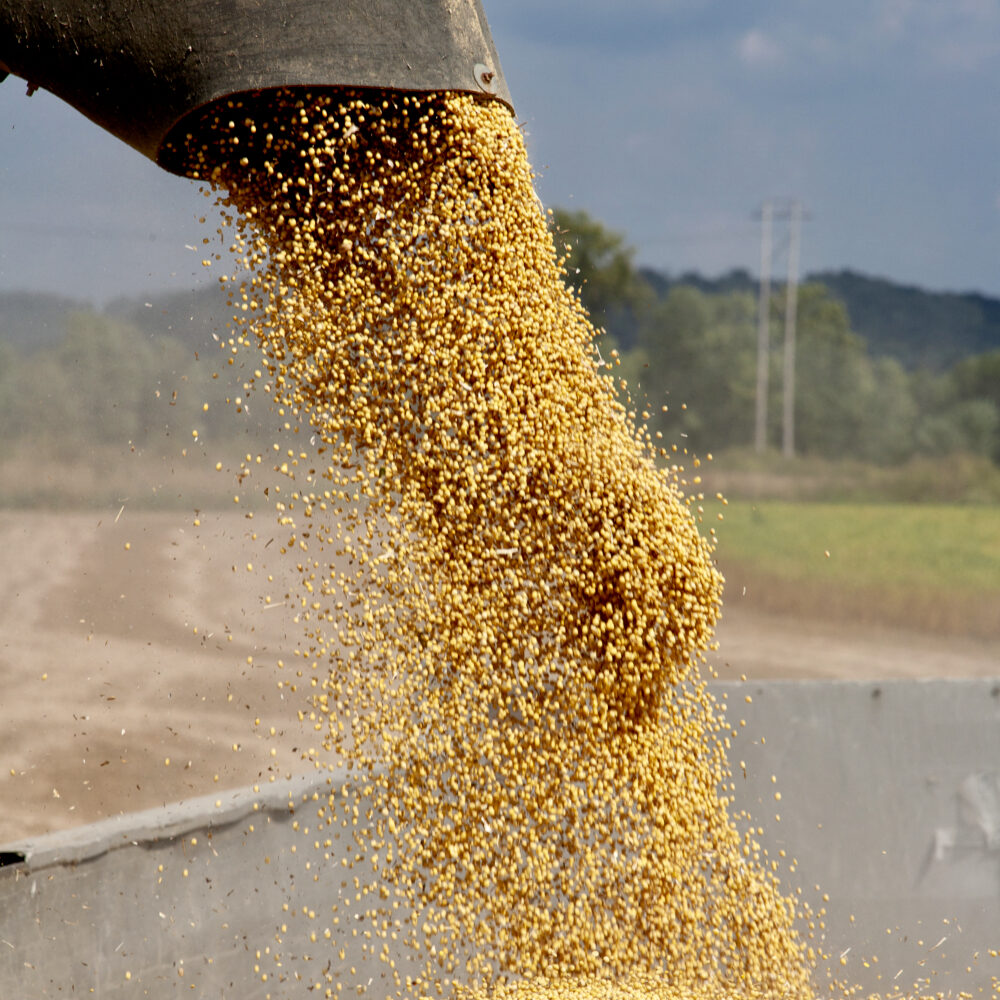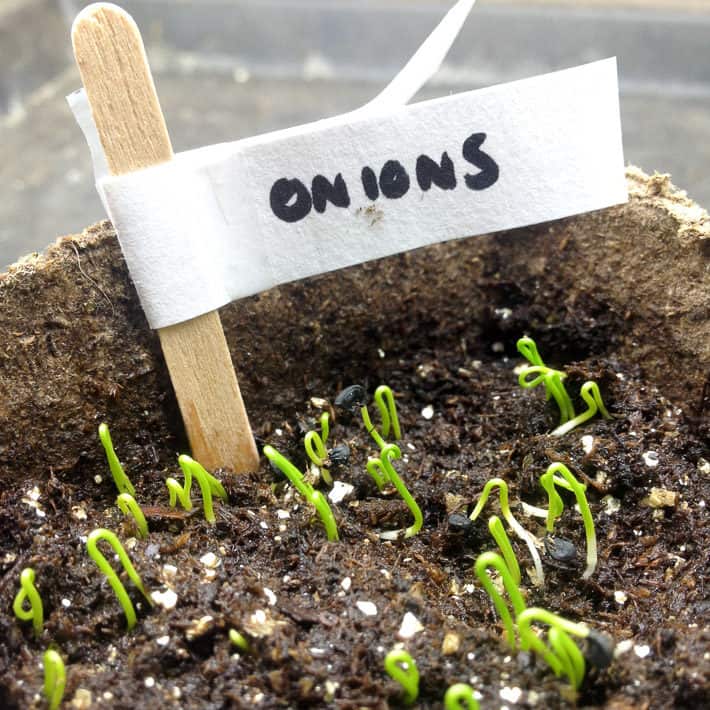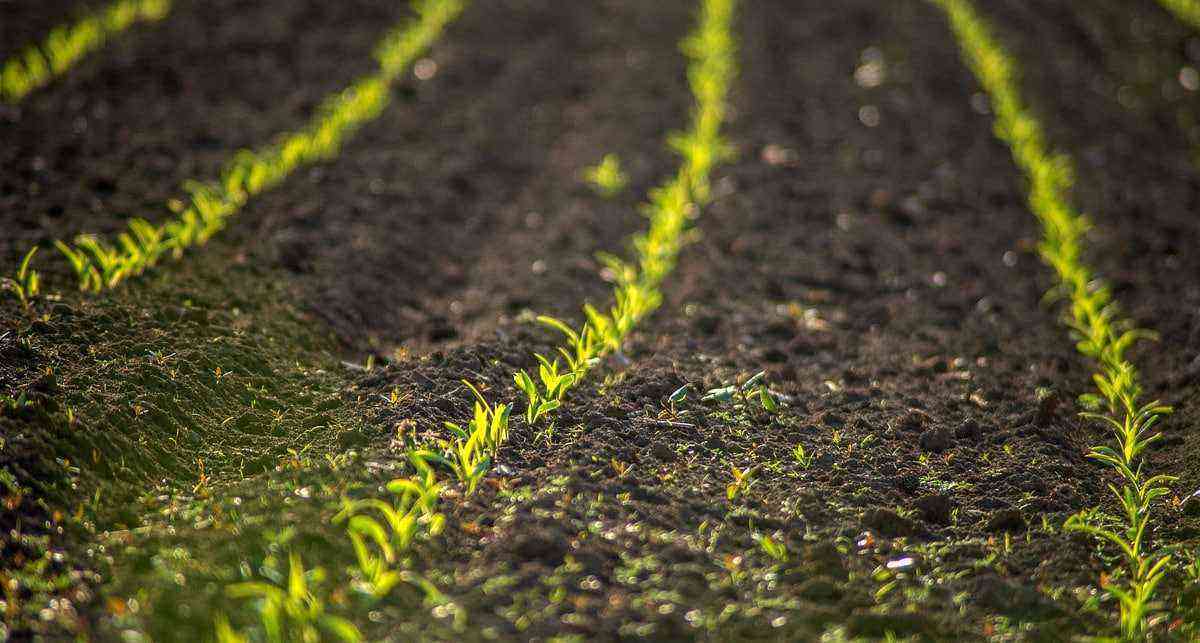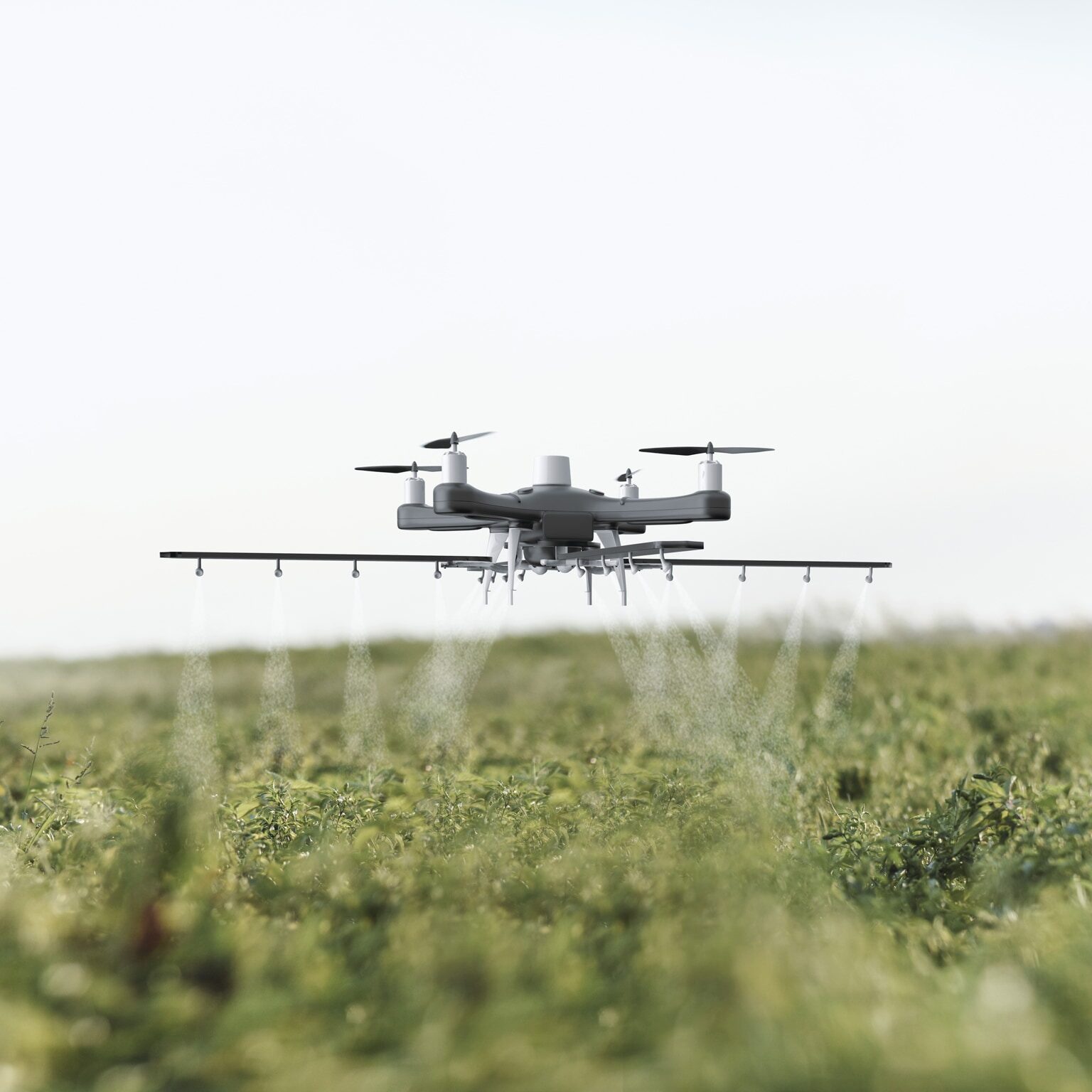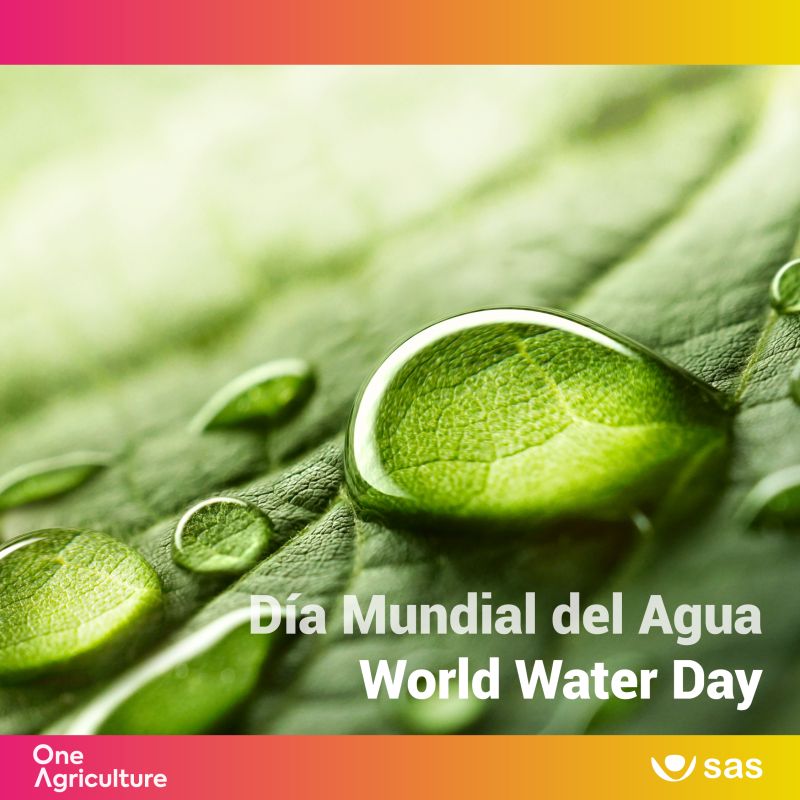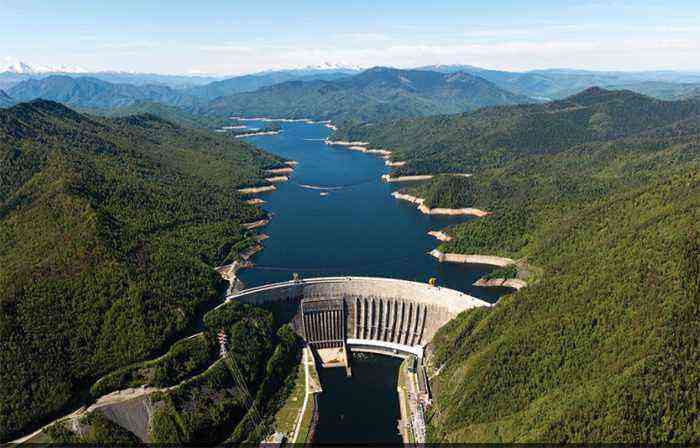Implementing a hydroponic garden has been attracting more and more rural producers. This is because the system makes it possible to grow products in a small space, with greater ease and at the same time without the risk of attacking soil pests.
The system can be deployed even indoors or in the backyard, just having materials at hand, such as PVC pipes, as well as water and electricity sources, responsible for pumping the water.
In order to set up a hydroponic garden, it is necessary to follow some techniques that we will show below, including special care and its advantages. Good reading!
What is a hydroponic garden?
The term Hydroponics refers to a type of cultivation in which the roots of plants are submerged in water, with some nutrients and without the need to use land.
Therefore, hydroponic gardening is a way to grow different types of plants, vegetables and fruits in an easier way and using only water with nutrients.
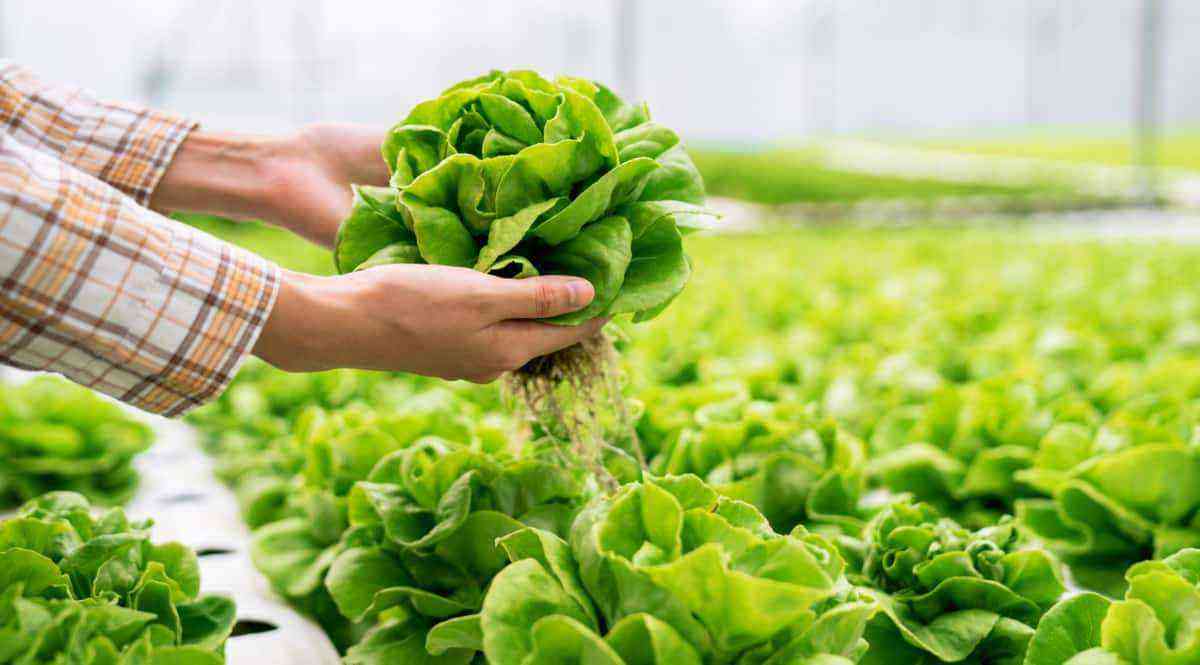
In a hydroponic garden, the roots do not have contact with the soil, but only with water and its nutrients.
The technique is widely used in countries such as France, the Netherlands and the United States, due to adverse soil and climate conditions. In a hydroponic garden it is possible to grow several products.
Check out some examples:
No video below, follow the experience of a hydroponic lettuce producer in Bagé, Rio Grande do Sul:
Source: Rio Grande Rural.
How to make a hydroponic garden?
The first step is to ensure a structure that can protect production. In this sense, have a greenhouse close to sources of water and electricity, limited transit of people and always be supervising the structure.
The site should be divided into areas intended for germination, nurseries for seedlings and plant growth. Very important to have all the tools such as: water reservoir, tunnels, earthworks, water points and pumps close to the vegetable garden.
The water, which will be the main factor for the growth of plants, must receive chemical solutions aiming at the nutrition and treatment of eventual diseases.
Therefore, it needs to have some chemical components such as: sodium nitrate, calcium nitrate, potassium sulfate, superphosphate, magnesium sulfate, manganese sulfate, boric acid, among others, are added to the water.
Agronomist Adriano Dantas da Silva, Master of the Department of Plant Production at the Luiz de Queiroz Higher School of Agriculture (ESALQ/USP), highlights the advantages and stages of hydroponic vegetable cultivation:
Source: Rural Producer House – ESALQ.
Special cares
These precautions are mainly related to the pH of the water and the correct amount of nutrients. But there are other factors that can directly influence cultivation:
- Keep the greenhouse or greenhouse with temperature between 20 and 30°C which is ideal for plant development;
- Air humidity: between 50 and 70%;
- lighting control: the intensity varies according to the season of the cultivated species;
- To monitor often the cultivation process.
Regarding the pH, which we mentioned earlier, it is equally important and must be monitored regularly. must be kept between 5,8 and 6,3.
At pH values lower than 5,8 and higher than 6,3, plants cannot absorb the necessary nutrients, harming their development.
Other care:
In addition to pH, humidity and temperature, the success of a hydroponic garden depends on other factors:
Light and Shade
Light is a determining element for the success of growing a hydroponic garden, because plants do not grow without the incidence of light on their leaves.

In the case of artificial lighting in the hydroponic garden, give preference to cold white LED because it is more efficient, because they reduce heat, and are more durable.
Ideally, the light should be natural. But when this is not possible, that is, the cultivation takes place indoors, it is necessary to use lamps that will provide light to the plants.
The intensity of light required varies according to the season of the year and the species cultivated.
nutrients and water
There are nutrients (fertilizers) specific to the hydroponics system, including for each type of culture, which can be easily found in agricultural houses.
As there is no soil, these nutrients are supplied to the plant along with water, forming a nutrient solution.
Thus, the quality of the nutrient solution is one of the main elements for the success of hydroponic cultivation, whether on a commercial scale or a home garden.
But be careful: as a hydroponic garden depends a lot on electricity and water, it is important to invest in prevention systems in case one (or both) of these items is missing.
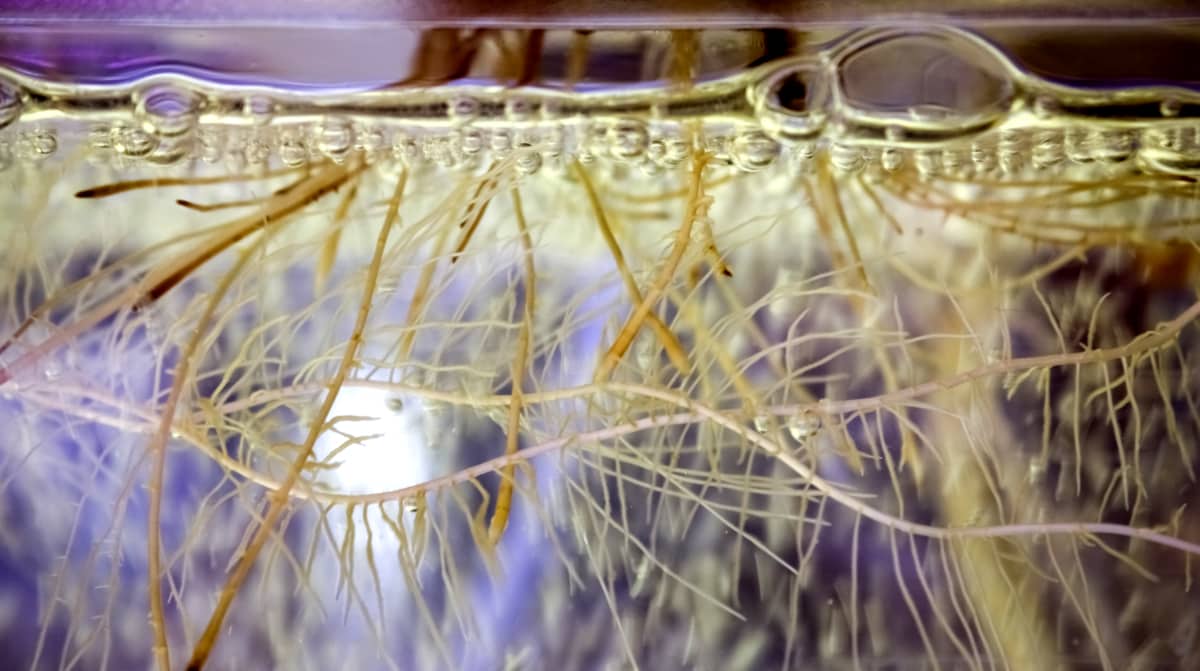
Water is one of the essential factors of a hydroponic garden, but the producer must pay attention to its quality. The roots need to receive nutrients and the plant to develop.
If it’s a small garden, at home, a UPS may be enough, because it has a battery that provides uninterrupted power. On a commercial scale, consider investing in a generator.
Any management failure or error can cause much greater damage than in traditional agriculture, as the hydroponic system is much more vulnerable.
What are the benefits of a hydroponic garden?
The hydroponics process has many advantages over the traditional vegetable garden system when growing plants, vegetables and fruits.
In this way, we can highlight: more productivity; protection against pests and insects; water savings compared to traditional agriculture; possibility of planting out of season; healthier plants because there is no use of pesticides.
In managing the garden, a small project may only depend on the entrepreneur himself and a helper, as a single person can take care of approximately 10.000 plants.
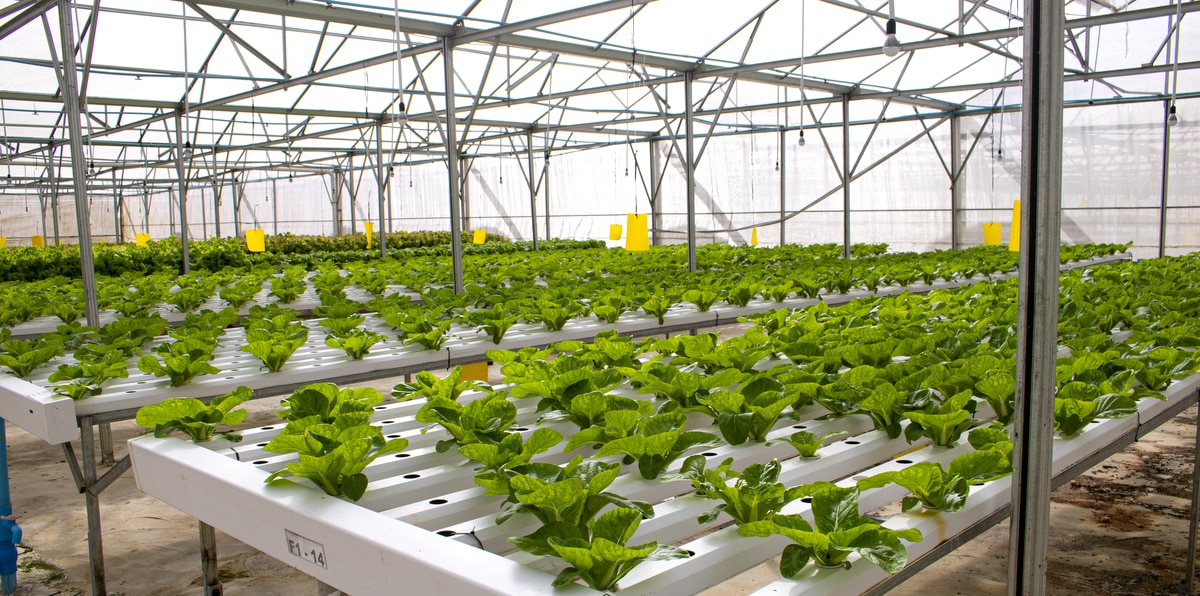
On a commercial scale, a hydroponic garden needs to take into account a number of factors in order for it to be commercially successful.
Another important factor: in a hydroponic garden, water savings of up to 70% are possible compared to traditional agriculture.
But, after all, is it financially worth it to set up a hydroponic garden? According to agronomist Iniberto Hamerschmidt, state coordinator of Organic Agriculture and Olericulture at Emater, in Paraná, the price is one of the attractions, especially in large cities.
In Curitiba, according to the agronomist, a hydroponic lettuce plant sells for more than R$1,00, while the conventional product costs half. However, in smaller cities, hydroponics are still not very popular and face competition from traditional garden products.
What do I need to know before setting up a hydroponic garden?
Despite being a simple process, some questions should be part of the planning before creating the hydroponic garden:
- What will be produced and where will it be produced?
- Which structure do I need to provide and which one do I already have?
- What budget is available?
- After all, what is the desired production volume?
Therefore, the hydroponic garden guarantees advantages to producers and consumers, but it is important to have planning, as in any commercial activity.
Commercial scale hydroponic garden
If your goal is really a production on a commercial scale, just the care that we commented on in this post is not enough. Other important factors need to be taken into account.
Check out some:
- Market analysis: Do a research work, aiming to determine the consumer market and the product demand. With this, it is possible to plan actions such as: deliveries, prices, deadlines, delivery frequency, quantity, type and variety of vegetables, among others.
- implantation location: Analyze characteristics such as: having quality water, slopes, winds, good location to facilitate labor and delivery, ease of production flow and obtaining inputs.
- quality equipment: Don’t skimp on the quality and modernity of the equipment. In addition to the greenhouse and hydroponic profiles, take into account the measuring devices, reservoir, pumps, hydraulic and electrical system, solution preparation and germination area. An initial savings on these equipment can turn into a headache in the future.
- Availability of labor: even though it is a relatively light job, it is important to have employees on the grow site every day who will perform routine tasks. Among them we can mention: complementation of the solution level, nutrient dosage, pH and conductivity check, visual check for clogs, leaks and diseases is essential.
- Update: The hydroponic producer needs to be constantly updated, so that he has money set aside that will be invested in hydroponic trips and events, seminars, courses, meetings, congresses, fairs, visits to research centers, among others.
In fact, Sebrae has put together a guide with all the necessary information for those who want to invest in hydroponics on a commercial scale.
If you like or want to start planting a vegetable garden, also visit our article on how to plant basil!






